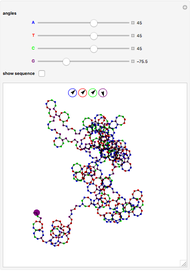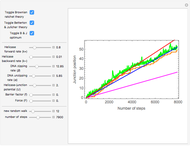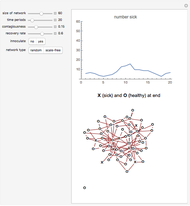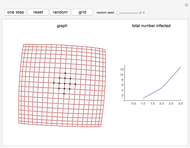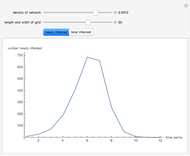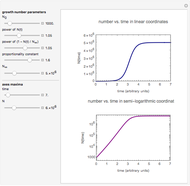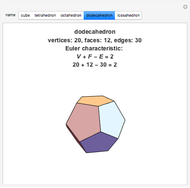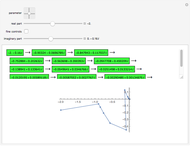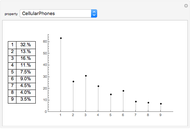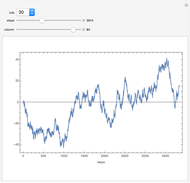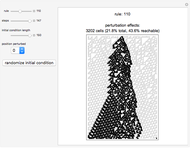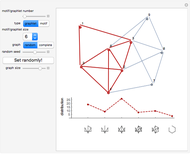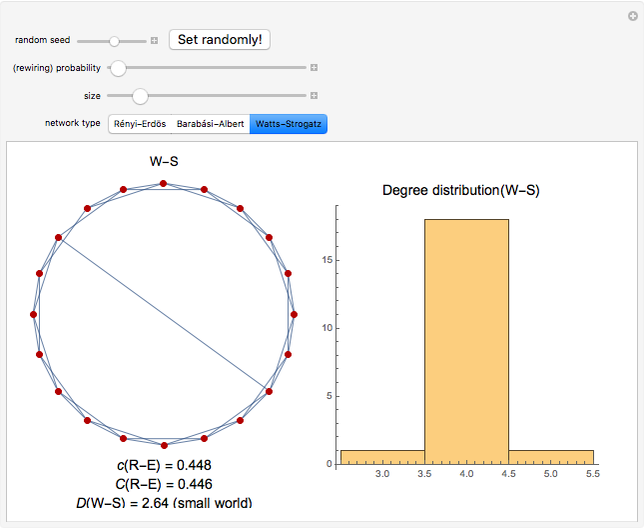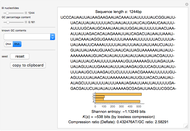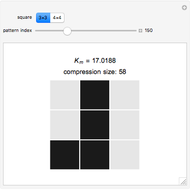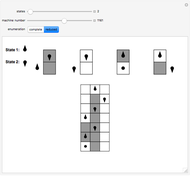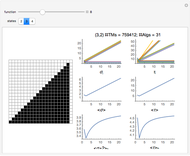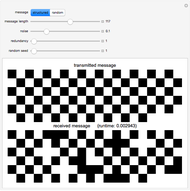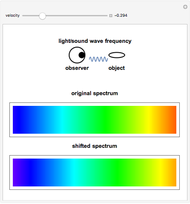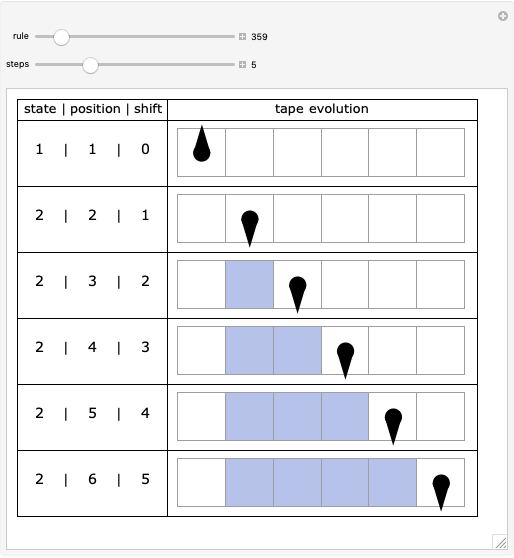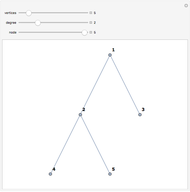Generating Random DNA Sequences

Requires a Wolfram Notebook System
Interact on desktop, mobile and cloud with the free Wolfram Player or other Wolfram Language products.
This Demonstration generates pseudorandom sequences of four letters, representing each nucleotide in the DNA by taking into consideration GC content, which is the number of Gs and Cs occurring in the sequence. Known GC content can also be chosen for popular organisms, including many mammals, but also a few bacteria, ranging in GC content from 20% to almost 52%. Even though the human genome GC content can vary from 35% to 60% from chromosome to chromosome, the average human genome GC content is 46.1%.
[more]
Contributed by: Hector Zenil (July 2013)
Open content licensed under CC BY-NC-SA
Snapshots
Details
Reference
[1] J. Romiguier, V. Ranwez, E. J. P. Douzery, and N. Galtier, "Contrasting GC-Content Dynamics across 33 Mammalian Genomes: Relationship with Life-History Traits and Chromosome Sizes," Genome Research, 20(8), 2010 pp.1001–1009. www.ncbi.nlm.nih.gov/pmc/articles/PMC2909565.
Permanent Citation
"Generating Random DNA Sequences"
http://demonstrations.wolfram.com/GeneratingRandomDNASequences/
Wolfram Demonstrations Project
Published: July 19 2013









